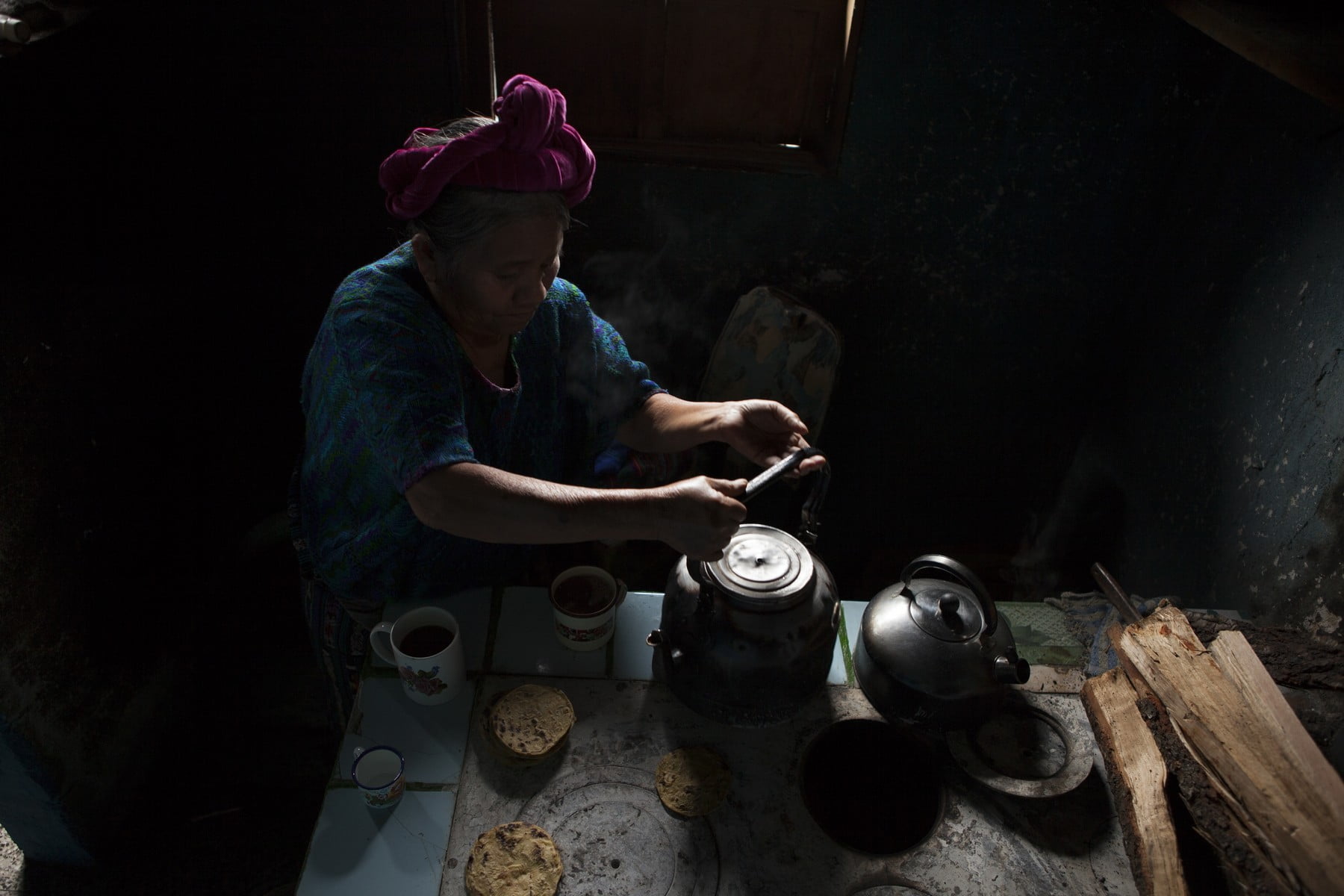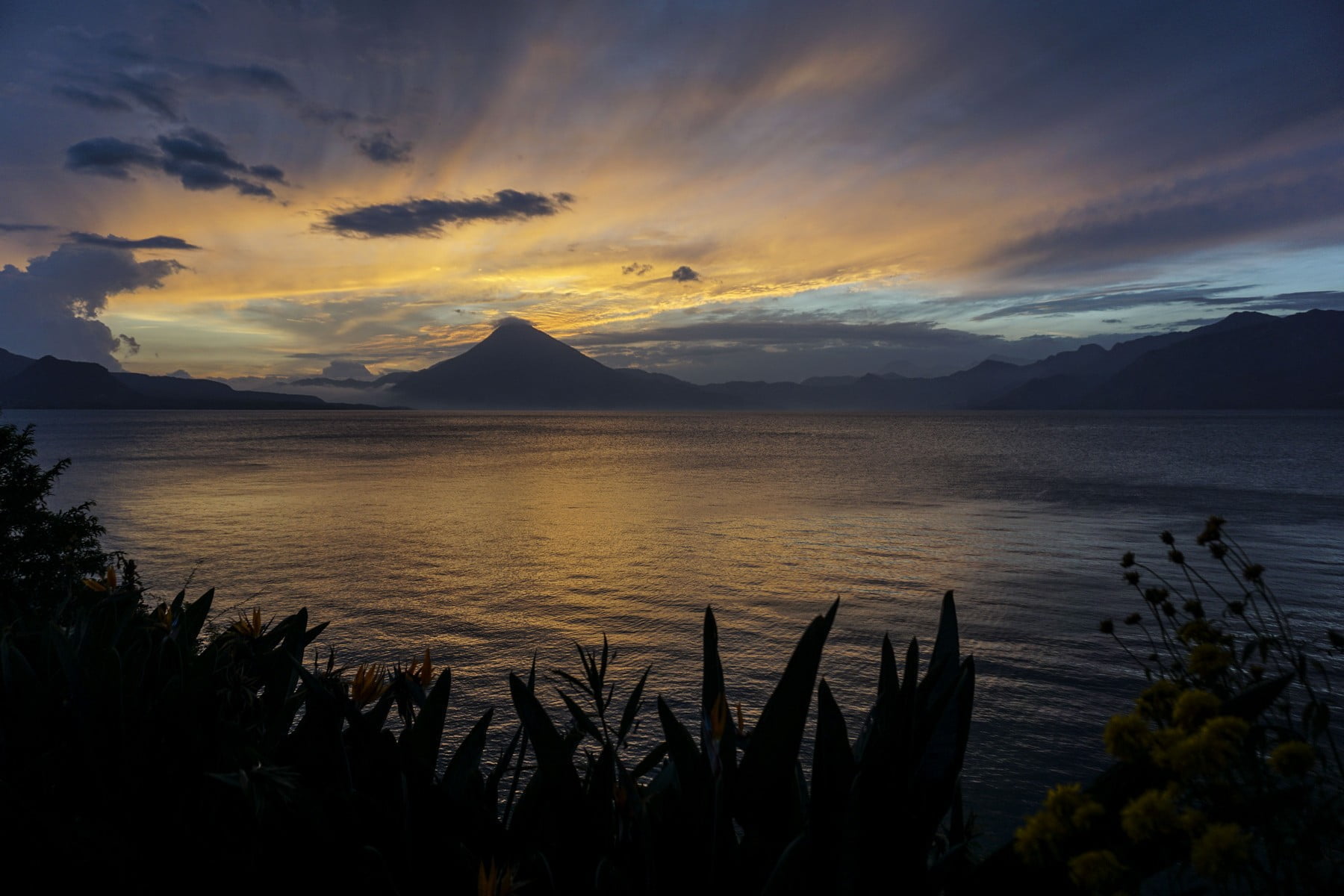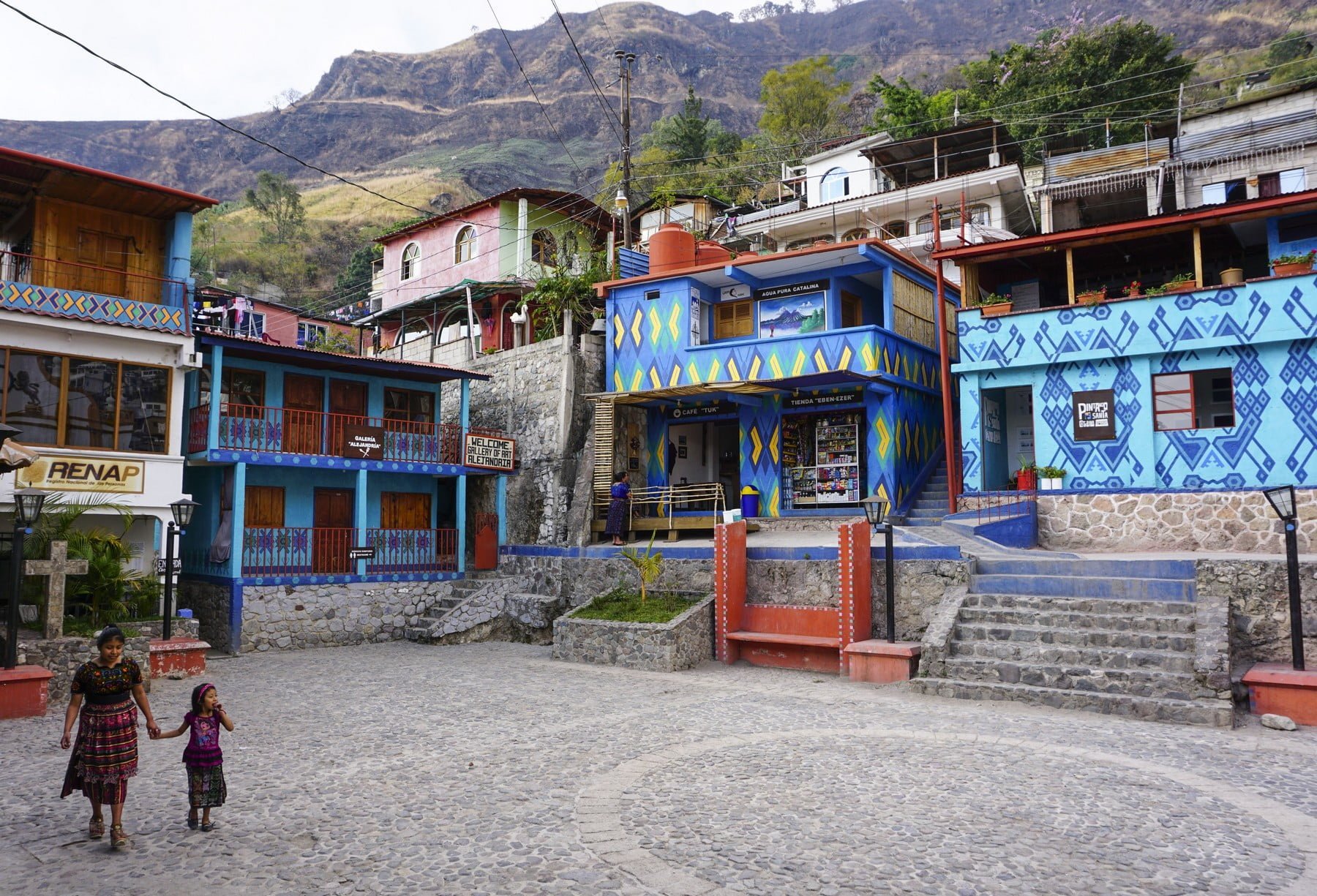Our Main Focus
Guatemala is the second poorest country in Latin America and the Caribbean. In contrast to the rest of the region, poverty rates have been increasing in recent years. Especially in rural areas, the population lacks access to basic infrastructure, in particular to improved drinking water and sanitation. 83% of the population lacks access to sanitation, and only 4% of the wastewater and sewage is treated properly, while the big majority flows into water bodies, polluting lakes, rivers, and lagoons.


Our response comprises the creation of the Mosan Sanitation System, including safe collection, and transportation of human excreta to our transformation centers, safe treatment and transformation into biochar and struvite, and the active involvement of the population, local institutions, and industries in our co-creative approach.
Santa Catarina Palopó is the first community where the Mosan solution is currently operating. In this beautiful Mayan community accommodating approximately 1.000 families, only 1,9% of the toilets are connected to the municipal sewage system, the rest of them being latrines, septic tanks, and simple pits. Environmental education and social awareness are fundamental aspects that need to be fostered in these areas, and represent a key step of our approach.

Mosan in Numbers

Current happy users

Feces collected (kg)

Urine collected (lts)

